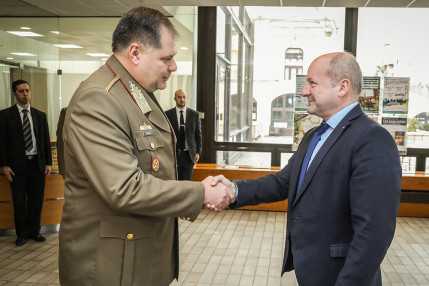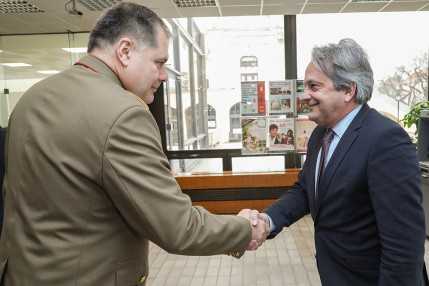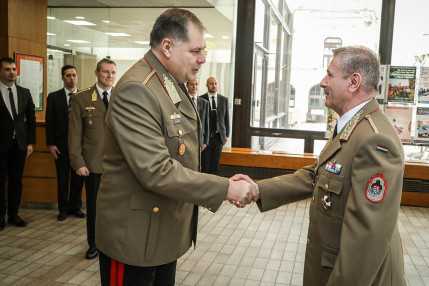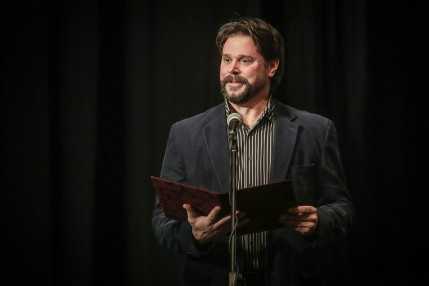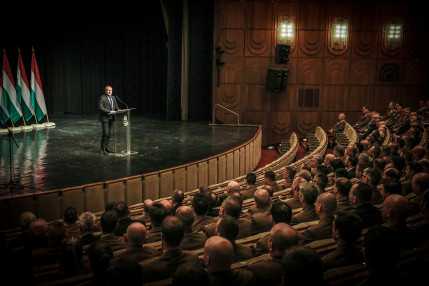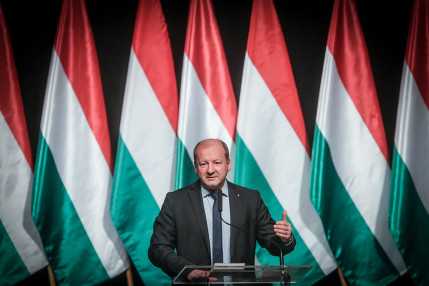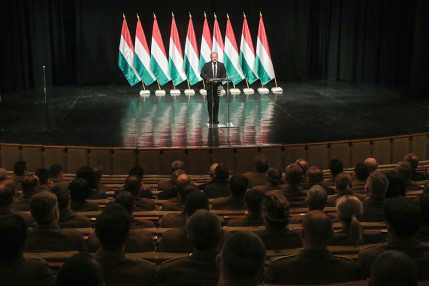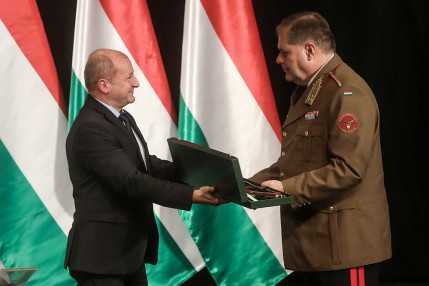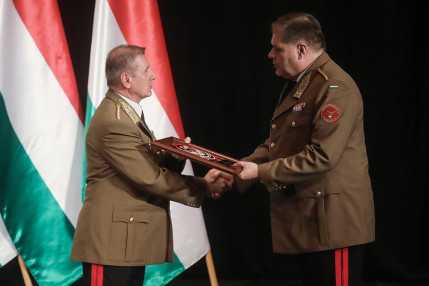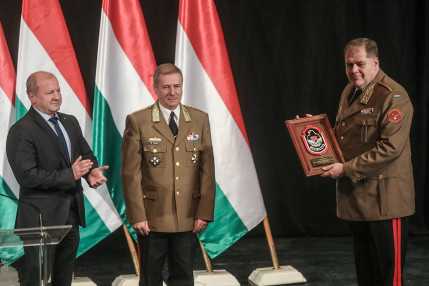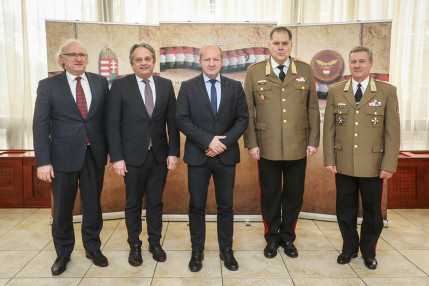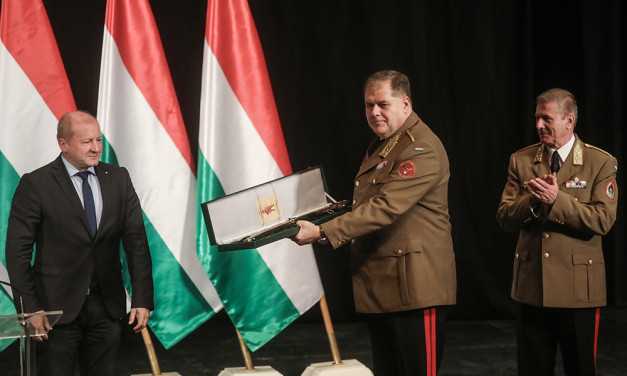Covert threats present the greatest challenge
Szöveg: honvedelem.hu / MTI | 2018. március 5. 14:51Speaking at the ceremonial staff meeting of the Military National Security Service (MNSS) in Budapest on Monday, Minister of Defence István Simicskó stated that covert threats present the greatest challenge.
Galéria
Videó

Speaking at the ceremony held on the centenary of the establishment of the independent Hungarian military national security service, the Minister of Defence also thanked the staff of the MNSS for Hungary’s being one of the safest countries today. While many acts of terror are carried out in several countries of the world and Europe, the people of Hungary can live their everyday life in security, the minister explained, adding that this is the result of the efficient work done by the military and law enforcement organs as well as the military and civil security services.
István Simicskó pointed out that the meaning of “misinterpreted threat" has been known since the Trojan horse, and noted that these phenomena often result from “abusing people’s good faith".
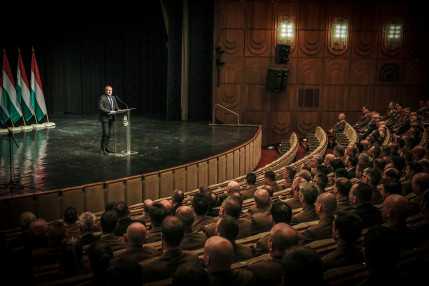
From among today’s greatest security challenges, István Simicskó highlighted mass illegal migration, terrorism, the activity of human trafficking groups and cyberattacks. Speaking about the latter, he announced that a decision has been made to establish a cyber defence command in the Hungarian Defence Forces, adding that the preparations for it are already under way.
Furthermore, the defence technology research center will also be further developed. In the interest of strengthening military diplomacy, offices of defence attachés will reopen in a number of countries, István Simicskó explained.
The minister said that these days there are conventional military and modern, hybrid warfare challenges as well. Hundreds of thousands of attacks may be launched against any country in cyberspace on a daily basis. Accordingly, the Zrínyi 2026 National Defence and Armed Forces Development Program contains the rebuilding of Hungarian defence industry as well as modern technological developments.
István Simicskó said that they intend to increase the active service strength of the Hungarian Defence Forces, so that they can have an active strength of 30,000 by 2026.
The Minister of Defence emphasized that they intend to build combat-worthy Hungarian Defence Forces. The period of development has now started in the history of the Hungarian Defence Forces, the minister pointed out.
During the ceremony held on the centenary of the establishment of Hungarian military national security, the Minister of Defence and Chief of Defence General Dr. Tibor Benkő presented commemoratives to Lieutenant-General József Kovács, the Director General of the MNSS.
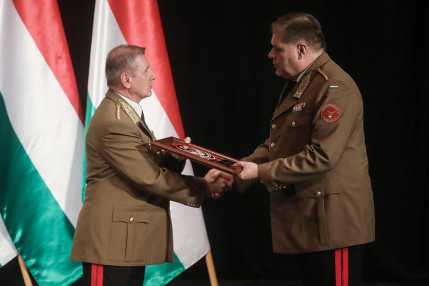
As explained on the MNSS homepage, independent national military intelligence and counterintelligence services have been functioning since the dissolution of the Habsburg Monarchy. Since 1918, military intelligence and counterintelligence services have undergone numerous structural changes. After World War II, the intelligence and counterintelligence services operated within the MoD Directorates.
The change of political system in 1989 resulted in a new national security structure which replaced the former state security structure. In 1990, the Military Intelligence Office (MIO) of the General Staff and the Military Security Office (MSO) of the Hungarian Defence Forces were established. Under the Act passed in late 1995, the Military Intelligence Office of the Republic of Hungary and the Military Security Office of the Republic of Hungary were established.
The MNSS homepage also informs us that the integration of the two military national security services – MIO and MSO – began at the end of 2011. On 1 January 2012, the Military National Security Service was created with the merge of the MIO and the MSO. In the structure of the MNSS, parallel organizations and tasks have been ceased, the speed of information flow has increased and the capabilities of the two former services complement each other.
Photo: Veronika Dévényi
